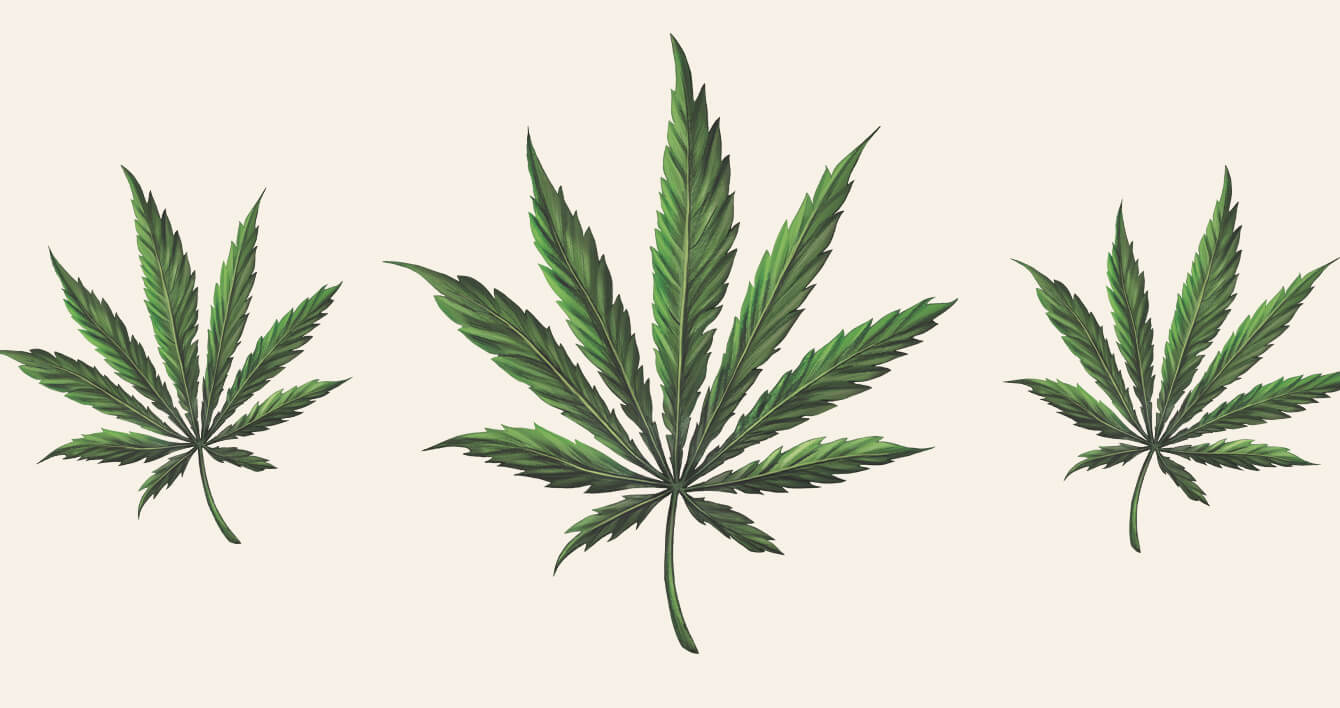Indica vs. Sativa vs. Hybrid: What’s the Difference?
Hundreds of cannabis varieties are on offer in the legal market, each boasting its distinct characteristics. Delve into the distinctions between indica, sativa, and hybrid plant types, and discover why there might be more practical methods to select the finest products for your needs.
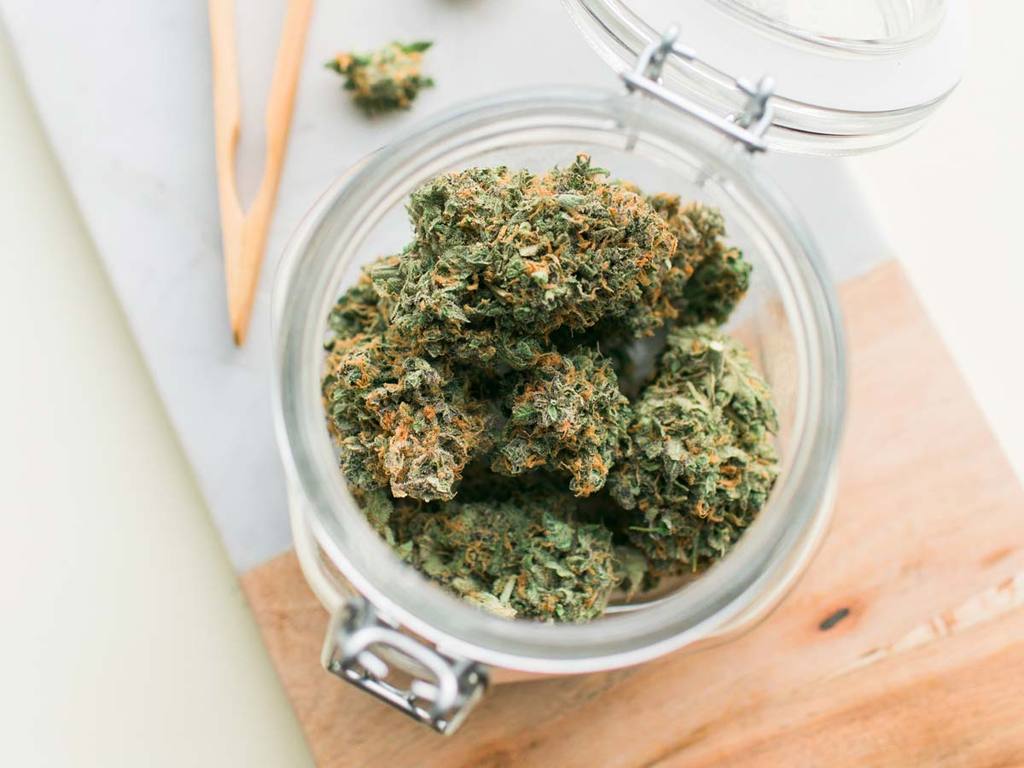
You might be familiar with the terms sativa and indica – or, more precisely, Cannabis sativa and Cannabis indica. These are the two most common types of cannabis plants, alongside the less prevalent Cannabis ruderalis and hybrids, which are a blend of two or more strains. But what sets indica, sativa, and hybrids apart?
Initially, it was believed that Cannabis sativa and Cannabis indica produced distinct effects, but these terms merely describe the structure of each plant type. As cultivators develop unique hybrid strains and research progresses, this classification is becoming less relevant or helpful. Newer, more nuanced methods of selecting cannabis products, such as considering their terpenes and cannabinoid content, may be more useful.
In the current landscape, there are hundreds of plant strains, each bred for specific characteristics. Read on for a breakdown of the fundamental differences between indica, sativa, and hybrid, their potential effects, and how to choose the right products for you.
Indica vs. sativa vs. hybrid: Appearance
Each cannabis plant type possesses its characteristic appearance, with distinctions in leaves, overall shape, and height, thought to be influenced by the regions where the plants originated. Here’s an overview of how each one typically looks.
Cannabis sativa
Originating from South America, the Caribbean, and Africa, this species can grow quite tall (up to 25 feet) and has long, serrated light green leaves — it’s typically taller and more slender than Cannabis indica. Cannabis sativa L, commonly known as hemp, is grown for industrial use and is regulated to ensure the plants do not contain more than 0.3% THC.
Cannabis indica
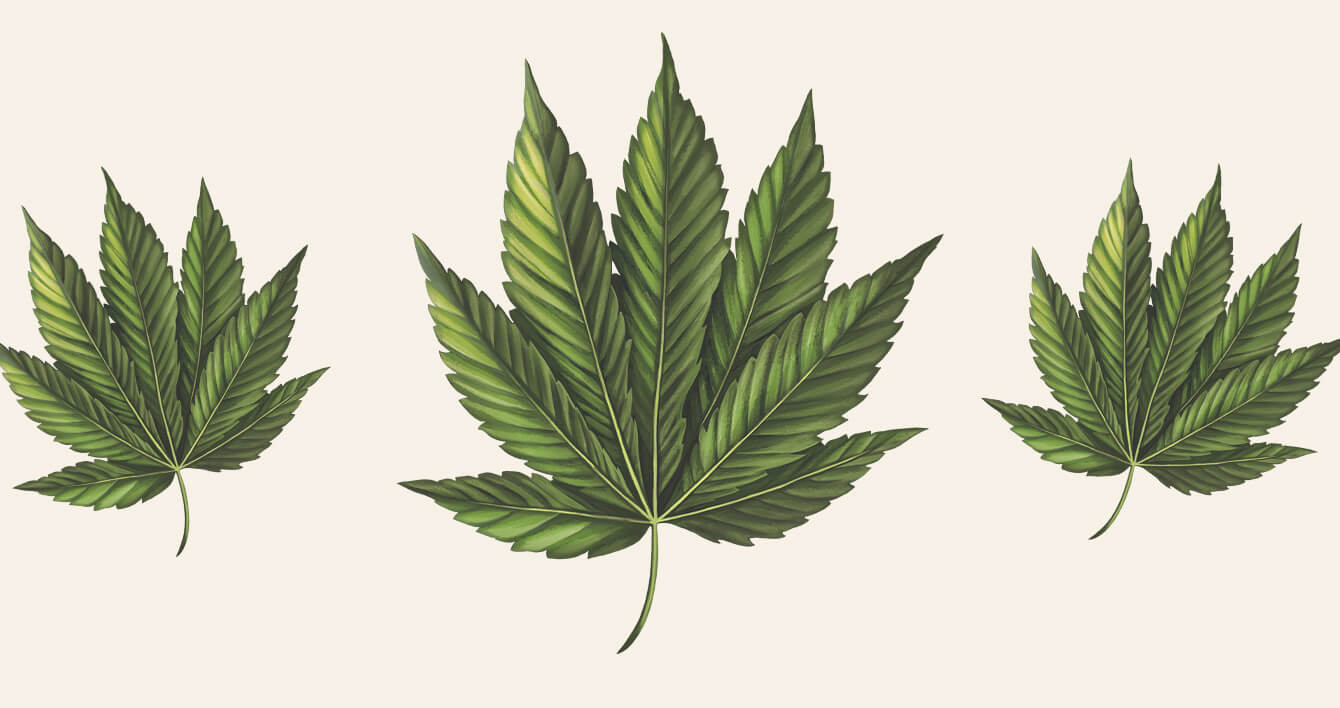
This species comes from the Hindu Kush mountain range within Afghanistan and Pakistan. Indica plants are generally faster-growing, bushier, and up to six feet shorter than Cannabis sativa, with dark green leaves.
Cannabis ruderalis
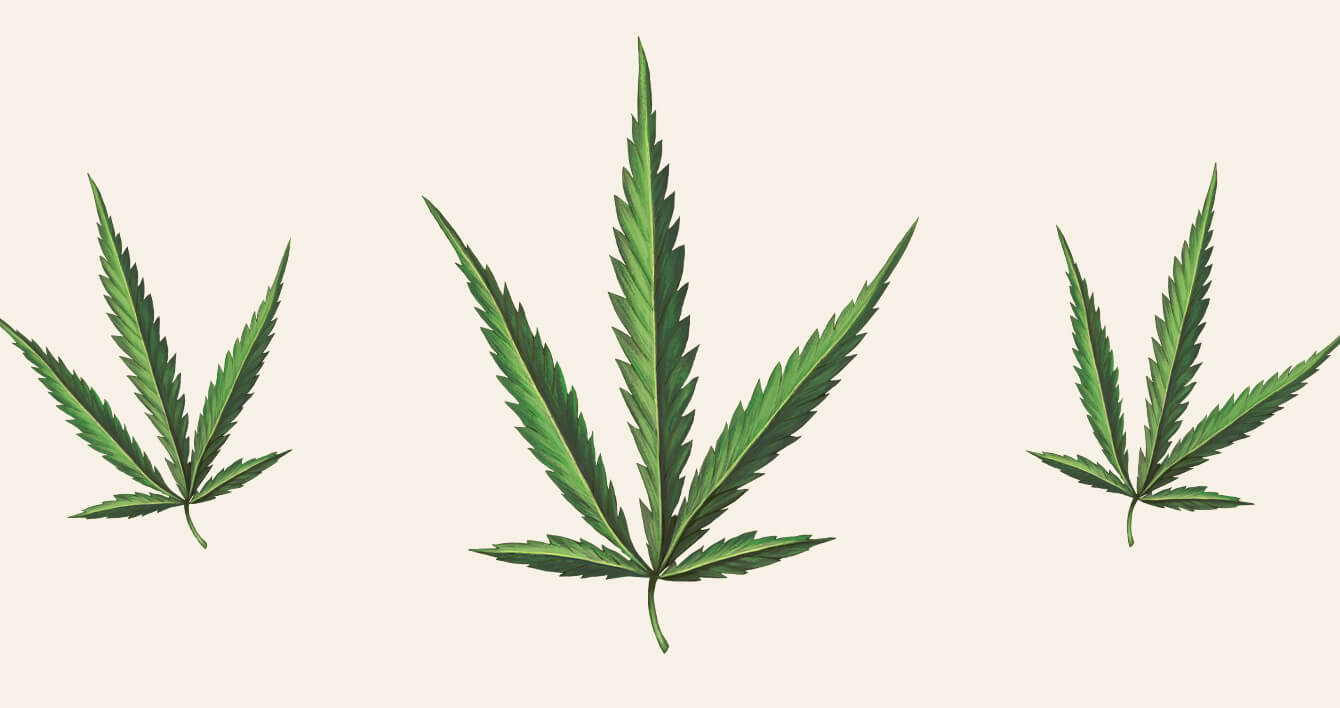
This species is short, stalky, and shaggier than the others, with light green leaves. It tends to be rugged and auto-flowering, ideal for breeding — it’s used mostly by breeders to enhance their hybrids.
Hybrid
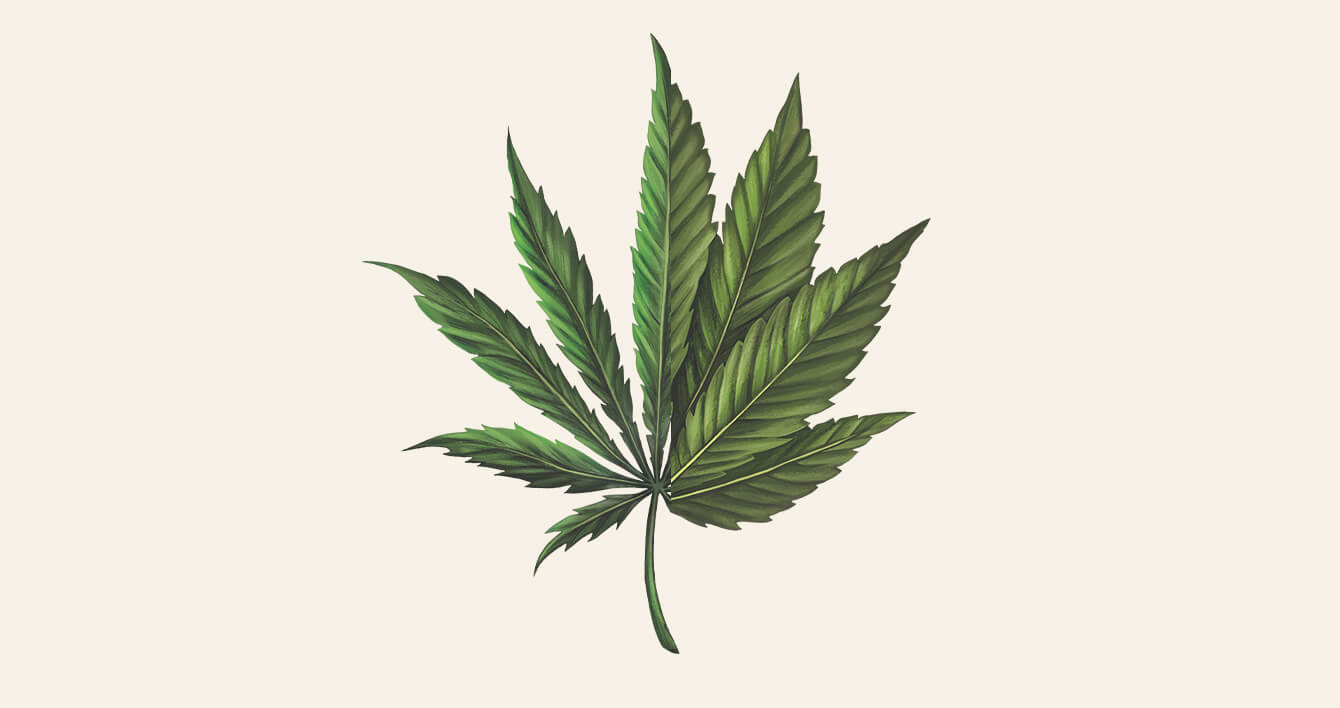
The appearance of hybrid plants can’t be generalised, as it depends on which varieties were used in the cross-pollination process.
Popular cultivars by plant type
For each plant type, there are certain cultivars or strains that have become popular with consumers. Each one has its unique look, aroma, taste, and other characteristics. Explore these common popular strains, which may be marketed under Licensed Producers’ own proprietary names.
Plant Type – Popular Strains
-
Sativa: Mandarin Cookies, Ghost Train Haze, Jack Herer, Mango Haze, Tangerine Dream
-
Indica: Wappa, Pink Kush, Black Cherry Punch, Wedding Cake, Blueberry
-
Hybrid: Blue Dream, White Widow, MMMOSA
Indica vs. sativa vs. hybrid: Potential effects
You’ve probably heard the idea that consuming indica leads to finding yourself “in-da-couch,” as indica is thought to produce more calming effects, while sativa is thought to be energizing. Because hybrids are a mix of the two, it’s not possible to generalise about their effects. Consumers are discovering, however, that the specific plant type may not be the most reliable indicator of potential effects.
More reliable ways to choose products
Beyond referring to plant types like indica and sativa, you can take other plant characteristics into consideration when you’re choosing products. You’ll find this information on the product label or packaging, or on the Authorised Cannabis Store’s website. Consider these factors the next time you’re selecting a product.
EXPLORE THE TOP FIVE MOST COMMON TERPENES FOUND IN CANNABIS:
-
beta-caryophyllene
-
limonene
-
myrcene
-
pinene
-
Linalool
-
The cannabinoid profile. It’s important to know how much THC and CBD are in the products you choose, but you’ll also find less common “minor” cannabinoids like cannabigerol (CBG) and cannabinol (CBN) popping up. These cannabinoids also play a role in the effects of cannabis, although more study is needed to understand how they work in the body.
-
Terpene content. Research is showing individual terpenes may have a large role to play in the potential effects. These naturally occurring fragrant oils give cannabis is distinct aromas and tastes — they can be earthy, woody, spicy or herbal, diesel or cheesy, and even citrusy or sweet.
-
How the cannabinoids and terpenes may interact. Some believe in the theory of the “entourage effect,” which is the idea that cannabinoids and terpenes work together to influence the overall effect of cannabis. Consider keeping a log of the effects you experience and the cannabinoid and terpene content of the products you consume to understand their effects.
How to choose the right product for you
Choosing the right cannabis product for you involves many factors, including the method of consumption, the amount consumed, the product’s intended effects, and your own personal tolerance. Every individual reacts to cannabis differently, and the effects can vary even if you consume the same product twice.
Consumption method
How you consume cannabis — whether by inhalation, ingestion, oral absorption, or topical application — will influence the experience you have, particularly in terms of the timing of the onset and duration of the effects. For example, inhaling smoke from a joint and ingesting an edible product will produce different effects because of the differences in the way the THC and other cannabinoids enter your bloodstream.
Intended effects
Ensure you read the product label and any information carefully to understand whether the Licensed Producer has formulated it in a way that is intended to produce specific effects. For instance, edibles and beverages may be labelled as “fast-acting” or “quick onset” if they have been created to produce effects more immediately — within five to 10 minutes, for example, instead of 30 minutes to two hours.
Your individual factors
The biggest factor to consider when choosing a product is you: Your physiological makeup is unique, so your response to cannabis will be too. The endocannabinoid system is directly affected by the cannabinoids you consume in cannabis, and this interaction is different for everyone.
Personal factors that influence the potential effects of a strain may include your:
-
weight, sex, and age
-
personality and current mood
-
previous experience with cannabis
-
frequency of consumption
-
health history and genetics
-
existing mental health conditions
-
metabolism and recent food consumption
Tolerance is another individual factor to consider. Regular cannabis consumption may cause your body to become accustomed to a specific amount of cannabinoids like THC, so you may need to consume more to produce the same effects. Reducing your consumption may reduce your tolerance, so consider the amount of THC and CBD in the products you choose. You may also decide to stop consuming cannabis altogether and take a tolerance break, or T-break.

